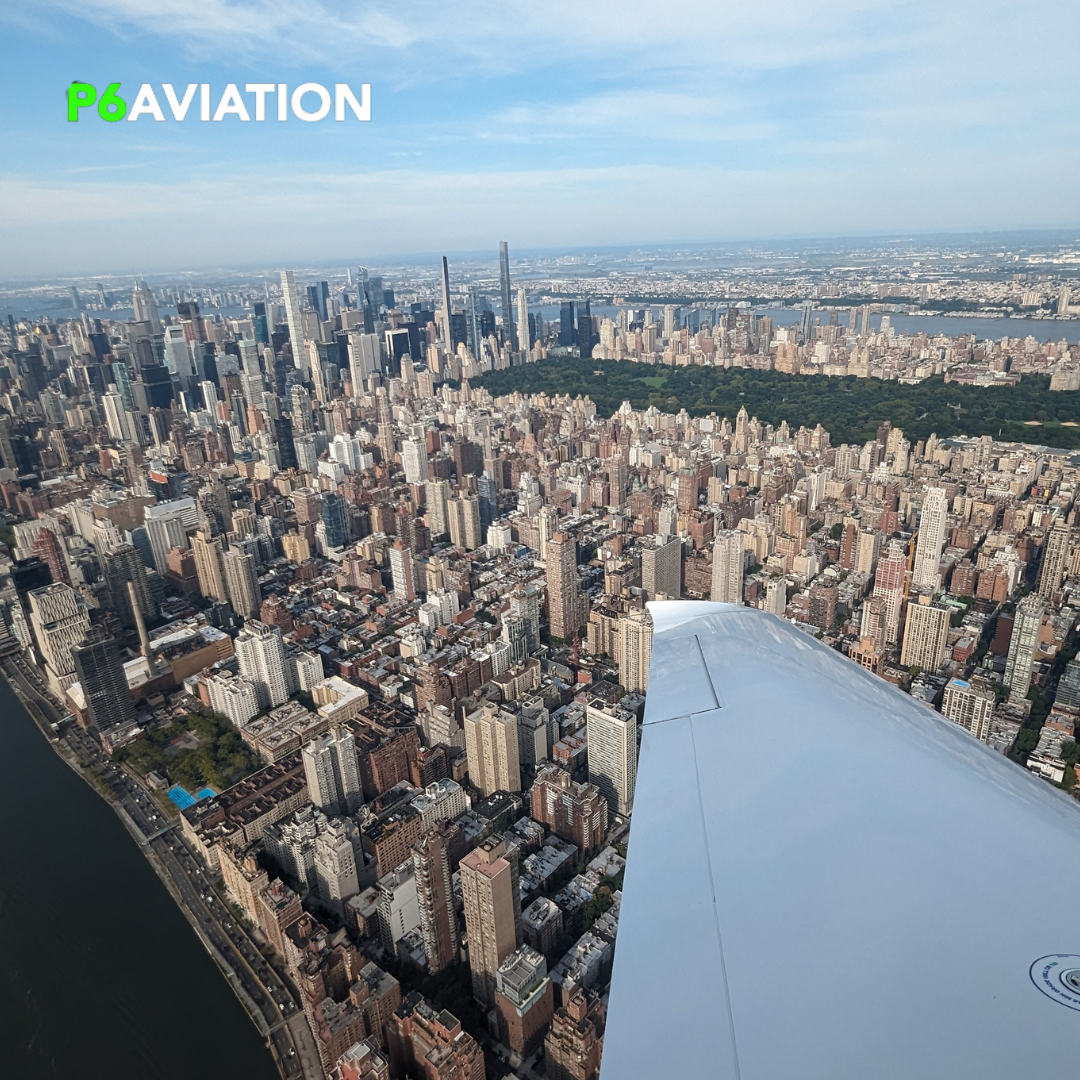What’s Stopping You from Flying Cirrus? Let’s Debunk the Myths
Flying a Cirrus might seem intimidating but it’s easier than you think. In reality, Cirrus planes are not just high-tech marvels, they’re also designed with safety, accessibility, and everyday flyers in mind. In this blog, we’ll cut through the clutter, tackle the most common misconceptions head-on, and show you why learning to fly a Cirrus can be a surprisingly straightforward and rewarding journey. If you’re ready to separate myth from fact, read on.
Cirrus Aircraft Are Too Complex for Beginners
Many people assume Cirrus SR20 or SR22 are too advanced for rookie pilots. In truth, the core flight principles remain the same whether you’re in a traditional Cessna or a state-of-the-art Cirrus. Cirrus aircraft feature side-stick controls and user-friendly flight decks that actually streamline many flying tasks. At P6 Aviation, we start you off with realistic scenarios and thorough ground instruction to ensure you’re comfortable from day one. The combination of modern avionics and structured training means you’ll progress just as quickly (if not faster) than you would in older planes.
It’s Too Expensive to Learn on a Cirrus
Yes, a Cirrus may be more expensive to rent or purchase than older, less advanced airplanes. However, that doesn’t necessarily mean you’ll spend more in the long run. Cirrus Aircraft often come with advanced navigation tools and safety features that can reduce the number of extra training hours spent on complex maneuvers. Plus, if you’re serious about flying as a long-term hobby or stepping stone to a professional career, investing in high-quality instruction early on could save you both time and money by building your skills faster. At P6 Aviation, we offer competitively priced flight training packages on our Cirrus SR20 fleet, ensuring you get both value and quality.
Facing the Fear: Conquering the Skies with Confidence
Cirrus Aircraft famously have an integrated parachute system known as the CAPS (Cirrus Airframe Parachute System). While it’s a great safety net, it doesn’t replace fundamental piloting skills. Students don’t just learn to “pull the chute” if something goes wrong. You’re taught to handle emergencies with standard pilot procedures first. The parachute is a last resort. In reality, the presence of CAPS can offer new pilots extra peace of mind, especially those who are initially anxious about taking the controls. Knowing there’s an extra layer of protection can help you focus on building confidence through consistent practice. It’s like having a seatbelt in your car: you hope never to need it, but you’re glad it’s there.
Glass Cockpits Are Too Complicated
A glass cockpit may look intimidating at first, especially if you’re used to analog gauges. Yet the Garmin Perspective+, Perspective Touch+ or similar avionics suite in a Cirrus actually simplifies flight data by consolidating critical information on a high-resolution display. All critical flight data, including engine performance, navigation, and weather updates are consolidated in one place allowing pilots to access key information at a glance. At P6 Aviation, we show you exactly how to interpret each screen, so it quickly becomes second nature. After a few training sessions, you’ll wonder how you ever flew without it.
Insurance Is Impossibly High for a Cirrus
While insurance for high-performance aircraft can be steeper, it’s not as daunting as many believe, particularly if you train at a Cirrus Training Center. Insurers often recognize specialized training programs and reward pilots who’ve gone the extra mile to learn the aircraft properly. Newer Cirrus models also come equipped with advanced safety features like the aforementioned CAPS, electronic stability protection, and sophisticated autopilot systems, which can translate into better insurance rates. The key is formal, structured instruction and a focus on safety, both of which are cornerstones at P6 Aviation.
It’s Harder to Get a Private Pilot License in a Cirrus
Getting your Private Pilot License (PPL) always requires dedication, no matter the aircraft. In a Cirrus, you’ll learn the same FAA-regulated content required for a PPL, just in a modern cockpit environment. Our flight instructors at P6 Aviation are trained to guide you through each step, from radio communications to emergency procedures, so you can earn your license confidently. Learning in a technically advanced aircraft can even better prepare you for real-world flying, because you’ll master modern avionics from the start. Plus, the SR20’s 215 HP engine, comfortable interior, and stable handling give you the performance you need without feeling overwhelmed.
Cirrus has built a reputation around innovation and safety, and our mission at P6 Aviation is to make these benefits accessible to pilots at every level. If you’ve been hesitating to learn on a Cirrus, now is the time to discover how modern engineering and expert instruction come together to boost your skills without breaking your budget.
Ready to experience Cirrus flight training near NYC? Visit ourflight training page to see how P6 Aviation can help you earn your private pilot license in a sleek, safe, and exhilarating aircraft. Let’s debunk these myths once and for all—sign up for a Discovery Flight and take control of your future in the skies!



